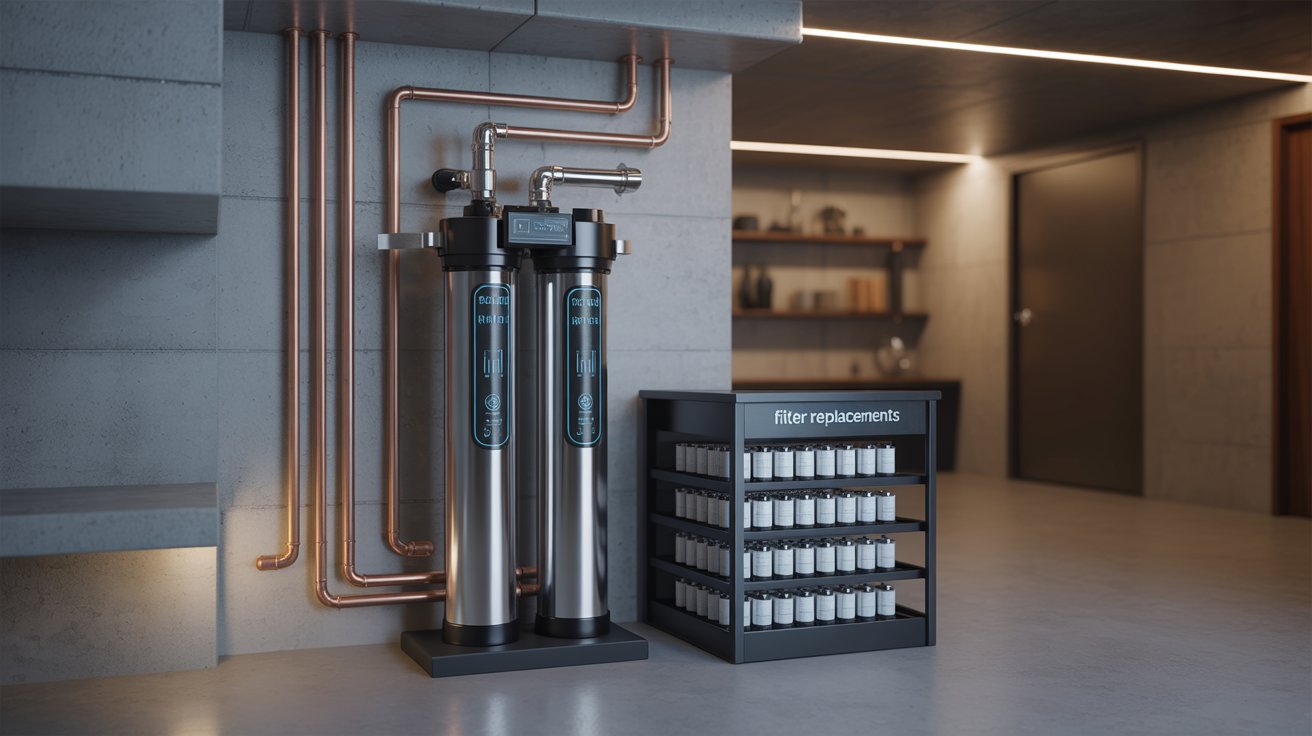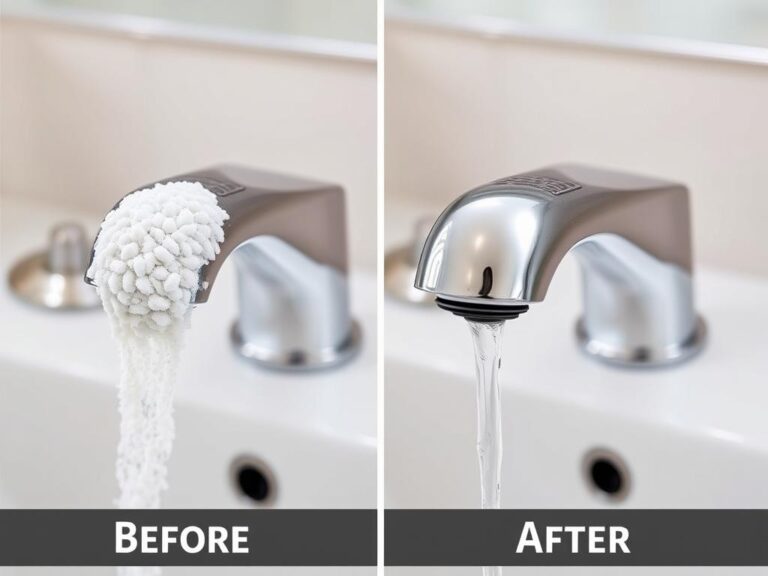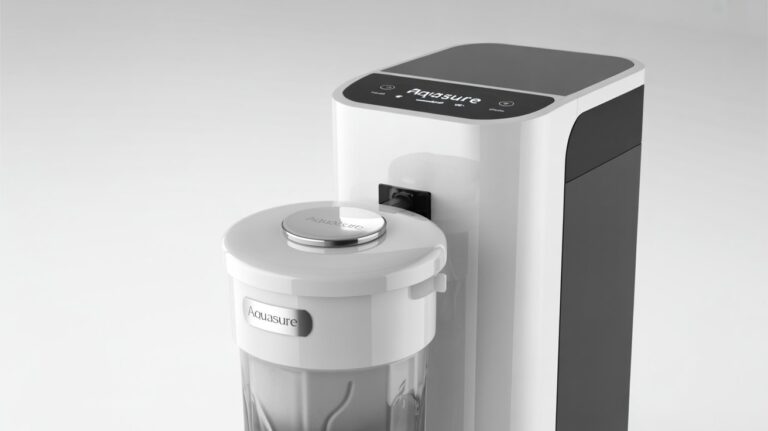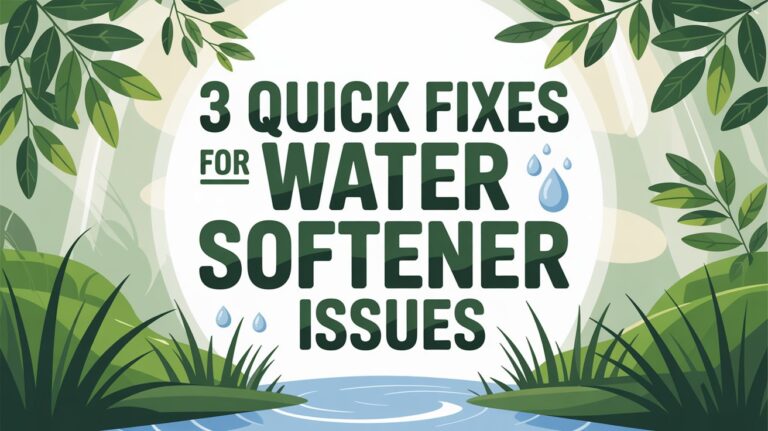How to Bypass Your Soft Water System the Right Way
Are you tired of your soft water system falling short of your expectations? You’re not alone. Many homeowners grapple with the challenges of maintaining an efficient and effective water treatment solution. But what if you could unlock essential strategies to bypass those common obstacles and enhance your system’s functionality? In this article, we delve into the secrets of optimizing your soft water system, uncovering practical tips and tricks that can elevate your water quality and overall home experience. Whether you’re aiming to improve flow rates, enhance the taste of your water, or understand the intricate workings of your system, we’ve got you covered. Get ready to discover how to take control of your soft water system and ensure it performs at its best, giving you the clean, soft water you deserve. Let’s dive in!
Understanding Water Softening Systems
Water softening systems are essential for many households, especially those located in areas with hard water. Hard water is typically high in minerals such as calcium and magnesium, which can cause significant problems for your plumbing, appliances, and even your skin and hair. A water softening system works by removing these minerals through a process known as ion exchange. During this process, the hard water passes through a tank containing resin beads that are charged with sodium ions. As the water flows through, the calcium and magnesium ions are exchanged for sodium ions, resulting in softened water that is easier on your pipes and appliances.
The benefits of using a water softening system are numerous. Softened water can extend the lifespan of your plumbing by preventing scale buildup, which can lead to clogs and corrosion. It also helps your appliances, such as dishwashers and washing machines, operate more efficiently, thereby reducing energy consumption and maintenance costs. Moreover, soft water is gentler on your skin and hair, reducing dryness and irritation, and it can improve the effectiveness of soaps and detergents, making cleaning tasks easier.
However, despite these advantages, water softening systems can sometimes encounter issues that affect their performance. These issues can range from decreased flow rates to changes in water taste, prompting the need to bypass the system temporarily. Understanding the intricacies of your water softener and knowing when and why to bypass it can help you maintain optimal water quality and ensure your system operates efficiently in the long run.
Why Bypass Your Soft Water System?
There are several reasons why you might want to bypass your soft water system. One common reason is to perform maintenance or repairs on the system itself. If your water softener is malfunctioning or needs routine servicing, bypassing it allows you to continue using water in your home without interruption. This can be particularly important if you need to make quick fixes or replace parts without shutting off your entire water supply.
Another reason to bypass your soft water system is to conserve the use of softened water for specific tasks. For instance, some homeowners prefer to use unsoftened water for watering their gardens or filling swimming pools. Softened water contains higher levels of sodium, which can be detrimental to plants and soil health over time. By bypassing your water softener, you can ensure that your outdoor water usage is more environmentally friendly and suitable for your gardening needs.
Additionally, bypassing your water softener can be beneficial if you notice changes in the taste or quality of your water. Sometimes, the resin beads in the softener can become saturated or contaminated, leading to unpleasant tastes or odors in your water. By bypassing the system, you can troubleshoot the issue and determine whether it lies within the water softener or elsewhere in your plumbing. This can help you address the problem more effectively and restore your water to its desired quality.
Common Signs Your Soft Water System Needs Bypassing
Recognizing the signs that your soft water system needs bypassing is crucial for maintaining optimal water quality in your home. One of the most noticeable indicators is a significant drop in water pressure. If you experience a sudden decrease in water flow throughout your home, it could be due to a clogged or malfunctioning water softener. By bypassing the system, you can restore normal water pressure and identify whether the issue is related to the softener or another component of your plumbing.
Another common sign is an unusual taste or odor in your water. If your water starts to taste salty, metallic, or has a strange smell, it could be a result of the resin beads in your water softener becoming saturated or contaminated. Bypassing the system allows you to isolate the problem and determine if the water softener is the source of the issue. This can help you take corrective actions, such as cleaning or replacing the resin beads, to improve your water quality.
You may also notice visible signs of hard water, such as soap scum, scale buildup on fixtures, or cloudy glassware. These issues can indicate that your water softener is not functioning properly and that hard water minerals are making their way into your household water supply. Bypassing the system can help you assess the situation and decide whether your softener needs servicing, regeneration, or other maintenance to restore its effectiveness.

Safety Precautions Before Bypassing
Before you bypass your soft water system, it’s essential to take certain safety precautions to ensure a smooth and safe process. First and foremost, make sure to turn off the power supply to your water softener. This is crucial to prevent any electrical hazards while you work on the system. Water softeners are typically connected to a power source to control the regeneration cycle and other functions, so disconnecting the power will help you avoid potential shocks or malfunctions.
Next, it’s important to shut off the main water supply to your home. This will prevent any water from flowing through the pipes while you bypass the softener, reducing the risk of leaks or flooding. Locate the main water shut-off valve, which is usually found near your water meter or where the main water line enters your home. Turn the valve clockwise to close it completely before proceeding with the bypass process.
Lastly, ensure that you have the necessary tools and equipment on hand before starting the bypass procedure. This includes items such as wrenches, pliers, and Teflon tape, as well as any specific bypass valves or connectors required for your particular water softener model. Having these tools readily available will help you complete the bypass process efficiently and minimize the chances of encountering issues or delays.
Step-by-Step Guide to Bypassing Your Soft Water System
Bypassing your soft water system involves a series of steps that vary depending on the type of softener you have. However, the general process is quite similar across different models. Start by locating the bypass valve on your water softener. The bypass valve is typically situated near where the water enters and exits the softener. It may be a lever, knob, or a set of valves that control the flow of water through the system.
Once you have identified the bypass valve, you need to switch it to the bypass position. For lever-type bypass valves, this usually involves turning the lever to a specific position indicated for bypass mode. For knob or multiple valve systems, you may need to rotate the knobs or adjust the valves according to the manufacturer’s instructions. This action will divert the water flow around the softener, allowing untreated water to enter your home.
After setting the bypass valve, it’s important to check for any leaks or drips around the connections. Turn on the main water supply and slowly open a faucet to allow water to flow through the bypassed system. Inspect the bypass valve and surrounding pipes for any signs of water leakage. If you notice any leaks, tighten the connections or apply Teflon tape as needed to ensure a secure and leak-free setup. Once you have confirmed that there are no leaks, you can resume using your water as normal.
| Step | Description |
|---|---|
| 1. Locate the Bypass Valve | Find the bypass valve near where water enters/exits the softener. It may be a lever, knob, or multiple valves. |
| 2. Switch to Bypass Mode | Move the valve(s) to the bypass position. For levers, turn to the indicated bypass setting. For knobs, follow manufacturer instructions. |
| 3. Turn on Water Supply | Slowly turn on the main water supply. Open a faucet to allow water to flow through the bypassed system. |
| 4. Check for Leaks | Inspect valve and pipe connections. Look for drips or water leakage. |
| 5. Tighten if Necessary | If leaks are present, tighten connections or use Teflon tape to seal them properly. |
| 6. Resume Normal Use | Once everything is secure and leak-free, continue using water normally—now bypassing the softener. |
Tools and Equipment Needed for the Process
Having the right tools and equipment is essential for successfully bypassing your soft water system. One of the most important tools you’ll need is a set of adjustable wrenches or pliers. These will help you loosen and tighten the connections on the bypass valve and any associated fittings. Make sure to choose wrenches or pliers that are appropriately sized for the nuts and bolts on your water softener to avoid damaging the components.
Teflon tape is another crucial item to have on hand. This tape is used to seal the threads of pipe connections, preventing leaks and ensuring a watertight fit. Before reconnecting any fittings, wrap the threads with Teflon tape to create a secure seal. This will help you avoid potential water leaks and maintain the integrity of your plumbing system.
In addition to wrenches, pliers, and Teflon tape, you may also need specific bypass valves or connectors that are compatible with your water softener model. These components are often included with the softener when it is installed, but if you need replacements or additional parts, consult the manufacturer’s instructions or contact a professional for guidance. Having these tools and equipment readily available will streamline the bypass process and help you achieve optimal results.
Potential Risks and Troubleshooting Tips
Bypassing your soft water system can be a straightforward process, but there are potential risks and challenges that you should be aware of. One common issue is the possibility of leaks developing at the bypass valve or connections. If you notice any water dripping or pooling around the bypass setup, it’s important to address the problem immediately. Tighten any loose fittings and apply Teflon tape to ensure a secure seal. If the leaks persist, you may need to replace damaged components or seek professional assistance.
Another potential risk is the introduction of hard water into your household plumbing. While bypassing the softener, untreated water containing minerals such as calcium and magnesium will flow through your pipes. This can lead to scale buildup, reduced appliance efficiency, and other hard water-related issues. To mitigate these risks, consider limiting the duration of the bypass and using unsoftened water only for specific tasks that do not require softened water.
If you encounter difficulties with the bypass valve itself, such as it being stuck or difficult to operate, it’s important to avoid using excessive force. Forcing the valve can cause damage to the internal components, leading to more significant problems. Instead, try applying a lubricant to the valve to ease its movement or consult the manufacturer’s instructions for troubleshooting tips. If the valve remains uncooperative, seeking professional help may be the best course of action to prevent further damage.
Maintaining Your Water Softener After Bypassing
Once you have successfully bypassed and resolved any issues with your water softener, it’s important to maintain the system to ensure its continued functionality. Regular maintenance includes checking the salt levels in the brine tank and refilling it as needed. The salt is essential for the ion exchange process, and maintaining the appropriate levels will help your softener operate efficiently.
It’s also important to periodically clean the brine tank to prevent the buildup of sludge and other contaminants. Over time, impurities can accumulate in the tank, affecting the performance of your water softener. To clean the tank, follow the manufacturer’s instructions for draining and rinsing it out. This process will help remove any deposits and keep your softener running smoothly.
In addition to these routine tasks, consider scheduling professional maintenance for your water softener at least once a year. A qualified technician can inspect the system, perform any necessary repairs, and ensure that all components are functioning correctly. Regular professional maintenance can extend the lifespan of your water softener and help you avoid unexpected issues, ensuring that your water quality remains optimal.
When to Call a Professional
While many aspects of bypassing and maintaining your soft water system can be handled by homeowners, there are times when calling a professional is the best course of action. If you encounter complex issues with your water softener, such as persistent leaks, malfunctioning components, or unclear instructions, seeking professional assistance can help you avoid further complications and ensure the problem is resolved correctly.
Another situation that warrants professional help is when you need to replace major components of your water softening system. Installing new parts, such as the resin tank or control valve, requires specialized knowledge and tools. A professional technician will have the expertise to perform the installation safely and efficiently, ensuring that your system operates as intended.
Finally, if you’re unsure about any aspect of bypassing or maintaining your water softener, it’s always a good idea to consult a professional. They can provide guidance, answer your questions, and offer solutions tailored to your specific needs. Investing in professional assistance can save you time, prevent costly mistakes, and give you peace of mind knowing that your water softening system is in good hands.
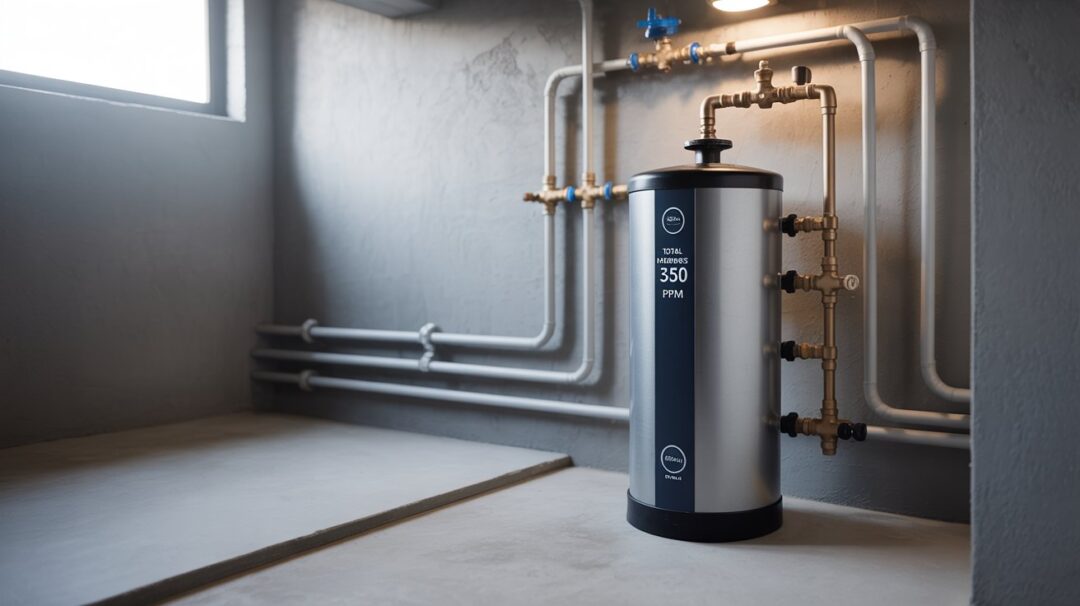
Conclusion: Enhancing Your Water System’s Performance
Unlocking the secrets to bypassing your soft water system for optimal functionality can significantly enhance your home’s water quality and overall experience. By understanding the workings of your water softener, recognizing when and why to bypass it, and following proper safety precautions, you can address common issues and maintain efficient water treatment. With the right tools and equipment, you can confidently navigate the bypass process and troubleshoot any potential risks that may arise.
Regular maintenance and professional assistance play crucial roles in ensuring the longevity and effectiveness of your water softening system. By keeping up with routine tasks, such as checking salt levels and cleaning the brine tank, you can prevent problems and maintain optimal performance. When faced with complex issues or major component replacements, seeking professional help ensures that your system is properly cared for and continues to provide high-quality water.
Ultimately, taking control of your soft water system and implementing these strategies can lead to significant improvements in water flow, taste, and overall functionality. Whether you’re addressing specific issues or performing routine maintenance, these insights and tips empower you to optimize your water softener and enjoy the benefits of clean, soft water in your home. Embrace these practices and unlock the full potential of your water treatment system for a better home experience.

